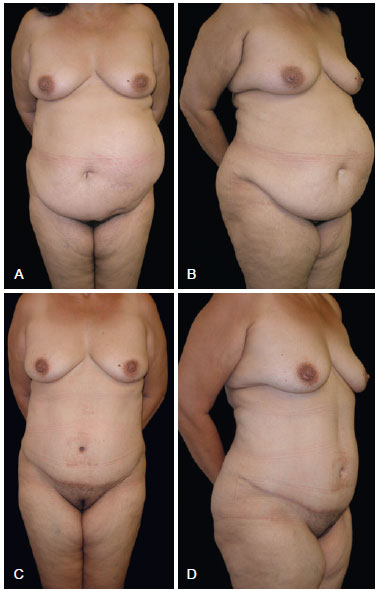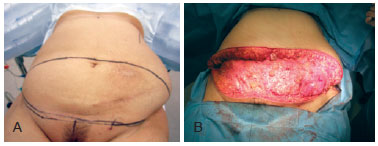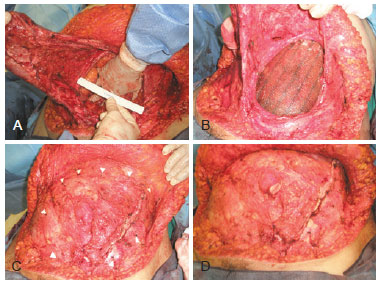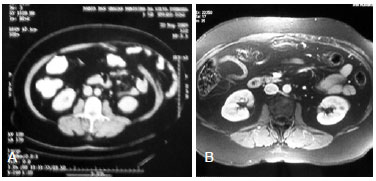ABSTRACT
The present report is a case study of a 51-year-old woman who underwent hysterectomy by videolaparoscopy, and eventually developed a mycobacterial infection. Treatment comprised antimicrobial administration, surgical debridement, and reconstruction of the abdominal wall with a synthetic mesh. During the postoperative period, the herniation of the abdominal wall required substitution of the mesh and subsequent abdominoplasty. This case report indicates the importance of preventing mycobacterium infection and provides treatment guidelines to optimize functional and aesthetic results.
Keywords: Mycobacterium. Abdominal wall/surgery. Surgical mesh.











